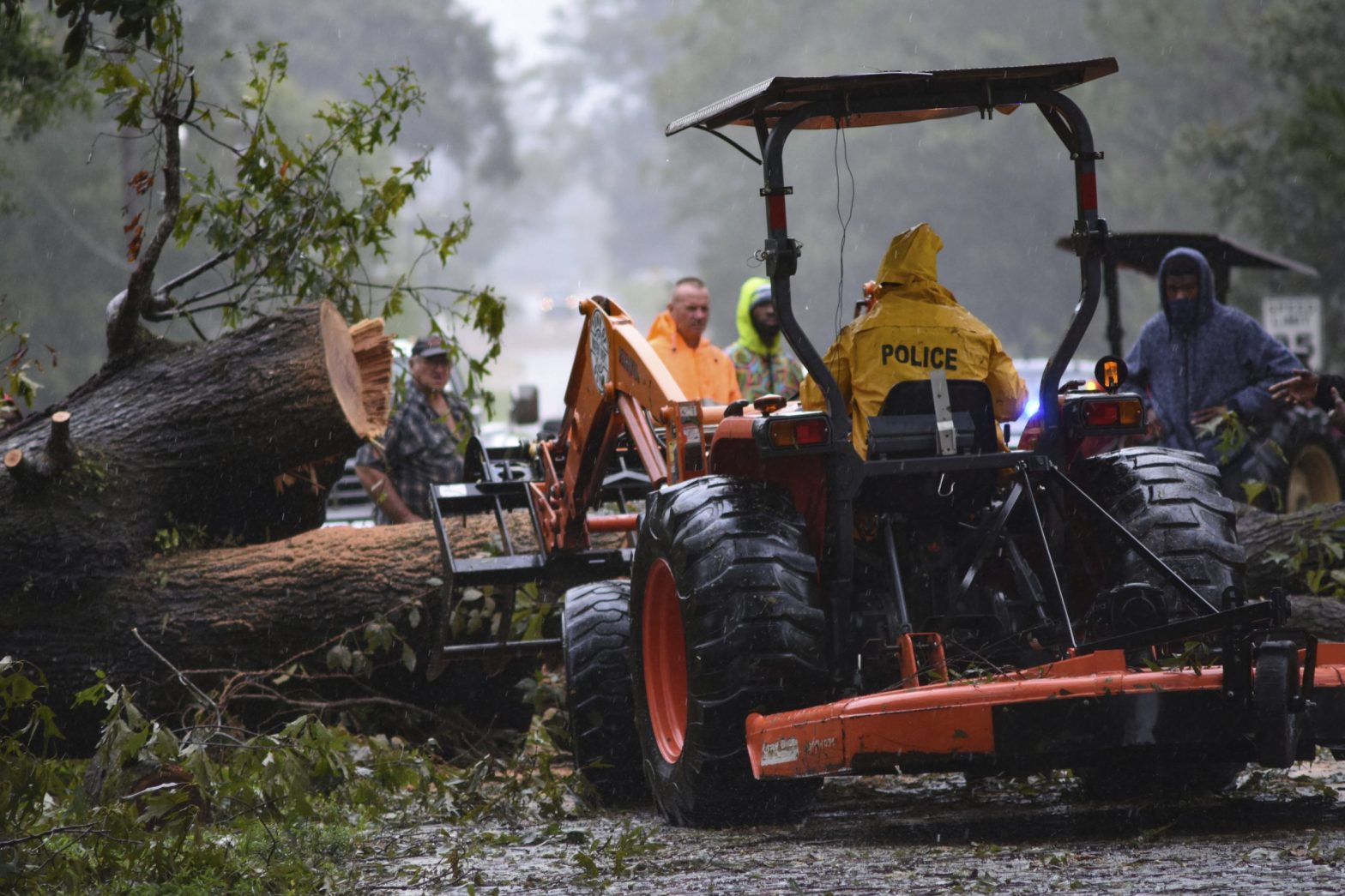Power outages are a common occurrence during natural disasters like hurricanes, and they can leave you without power for several days or even weeks. In such a situation, a backup generator can be a lifesaver, providing a source of electricity to keep your home running until the power is restored. In this blog post, we will discuss how to prepare for power outages and set up a generator safely to power your home during a hurricane.
Before you buy a generator, it’s essential to determine your power needs. You can calculate your power needs by adding up the wattage of all the appliances and devices you plan to power during the outage. Generators come in different sizes, and you’ll need to select one that can provide enough power for your needs.
When choosing a generator, consider the fuel source, as well. You can choose between propane, natural gas, or gasoline generators. Propane and natural gas generators are more expensive than gasoline generators but are more reliable and have a longer lifespan. Gasoline generators are cheaper, but they require more maintenance and have a shorter lifespan.
After selecting a generator, it’s time to set it up. Here are the steps to follow:
- Choose a safe and secure location: The generator should be placed in a location that is well-ventilated, away from any flammable materials, and out of reach of children and pets. It should also be placed on a dry, flat surface to prevent it from tipping over.
- Install the transfer switch: A transfer switch is a device that allows you to safely connect your generator to your home’s electrical panel. It’s important to install a transfer switch to prevent backfeeding, which can be dangerous to utility workers and damage your appliances.
- Connect the generator to the transfer switch: The generator should be connected to the transfer switch using a heavy-duty, outdoor-rated extension cord. The cord should be long enough to reach the generator from the transfer switch.
- Start the generator: Before starting the generator, make sure that all the appliances and devices you plan to power are turned off. Once the generator is running, turn on the transfer switch, and then turn on your appliances one by one.
- Monitor the generator: It’s important to keep an eye on the generator to ensure that it’s running smoothly. Check the oil and fuel levels regularly and shut off the generator if you notice any problems.
In conclusion, setting up a generator to power your home during a hurricane or power outage can be a lifesaver. However, it’s important to follow the safety guidelines and precautions to prevent accidents and injuries. By following the steps outlined in this blog post, you can set up a generator safely and ensure that you have a reliable source of power during an outage.
